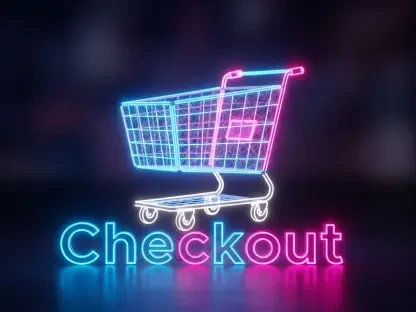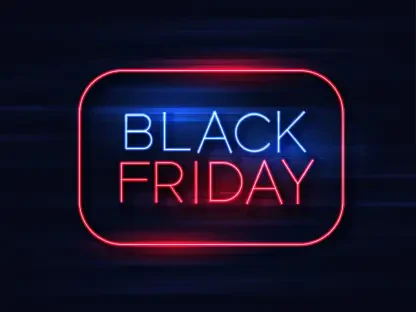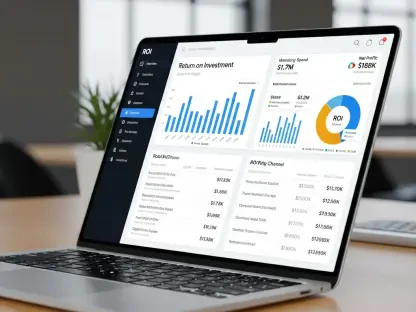Innovators are coming up with various new ways to pay for things, helping us simplify our lives in the process. After years of credit card reign, wearable payment devices are the next big thing. From smartwatches, fitness trackers and wristbands to clothing and jewelry, the huge potential of the wearable technology is already being exploited by banks, tech giants, and retailers.
Wearable technology adoption
International Data Corporation predicts that worldwide shipments of wearable devices are on track to grow 15.1% in 2018, totaling 132.9 million units over the course of the year. The overall market is also expected to deliver a compound annual growth rate (CAGR) of 13.4% over the next five years, culminating in 219.4 million units shipped in 2022, according to the same report. IDC believes smartwatches will account for almost two out of every five wearable devices shipped in 2022.
This growth is expected to be a major catalyst for mass adoption of wearable payments in the future. Tractica forecasts that the wearable payment transaction volume will reach $501.1 billion worldwide by 2020, by which time wearable payments will represent approximately 20% of the total mobile proximity transaction volume and about 1% of total cashless transactions in retail.
Europe and Australia, in the lead
Early this year, news about wearable payments came from Europe, via Mastercard and Visa, the two leading credit card companies in the world.
Visa has struck deals with National Bank of Greece and CaixaBank to enable customers to carry out transactions through their jewelry and watches. National Bank of Greece and Visa have enlisted Folli Follie and Links of London to create rings and bracelets that will let people make secure payments with a tap at any contactless-enabled terminal. The card giant has also teamed up with Spain’s CaixaBank to let Garmin watch owners make contactless payments with their devices later this year.
Mastercard continues to work with retailers to help meet expectations surrounding wearable payments, with a 42% growth in the number of retail locations accepting contactless across Europe. One quarter (24%) of Europeans expect to start using “tap and go” contactless payments with a smartwatch, bracelet, keyring or other forms of wearable payments, according to new figures released by the company. Banks across Europe are also working with Mastercard to deliver this new wave in contactless payments. ABN AMRO is one of the first banks to enable worldwide payments with a wearable that’s linked to a current account, with a pilot for 500 customers of different age groups, who will be experiencing what it’s like to make contactless payments with a ring, watch, bracelet or keyring.
Wearable payments could become the norm in Australia, as the country has one of the highest usage rates of contactless payments. The Commonwealth Bank of Australia (CBA) already allows payments via Garmin smartwatches and its New Zealand subsidiary ASB Bank offers payment using the Fitbit Ionic. Similarly, Australia and New Zealand Banking Group (ANZ) also offers the Fitbit payment solutions, while the National Australia Bank (NAB) offers both Fitbit and Garmin pay.
Best wearables for paying for your morning coffee
While there are plenty of wearable devices capable of contactless payments, we’ve selected the ones that you should seriously take into consideration before choosing the right gadget for paying for your morning coffee.
Samsung’s smartwatch relies on contactless payments with its mobile wallet Samsung Pay. A card can be added onto Samsung Pay wallet and then the owner can start using the Gear G3 to make payments. Because it uses both NFC and magnetic secure transmission (MST) to transmit payment information, Samsung Pay is accepted almost anywhere and is compatible with all Android devices.
Apple Watch is capable of contactless payments through its mobile wallet Apple Pay, thanks to NFC technology. You can add a credit, debit, or prepaid card onto your Apple Pay digital wallet and then simply use your wrist to make payments. Not every retailer accepts Apple Pay, but millions of stores are already on-board.
Fitbit
Through Fitbit Pay, you can access your go-to credit and debit card anywhere. It can be used at any store that accepts wallet-free payments. From the United States to Singapore, Fitbit Pay works with the world’s leading banks and credit unions.
Amazfit
Another useful wearable payment device is the Amazfit. Alipay is the third-party mobile payment service that Amazfit uses, so you can pay for anything anywhere.
Kerv Ring
The world’s first Mastercard contactless payment ring, Kerv Ring was created as the ideal device for those who want to leave their purse or wallet at home. It uses RFID technology and the user can simply tap their ring on the sensor.
Probably the biggest benefit of wearable payment technology is convenience. In the pursuit for effortless payments, tap-and-pay wearables will throw credit cards, cash, and even physical wallets out of our lives.
![Wearable Tech Is [Still] the Next Big Thing in Retail](https://retailcurated.com/wp-content/uploads/2018/06/retail-featured-103238-103238-medium.webp)








